Most roofs need replacement every 20-25 years, but timing varies by material and maintenance. Key warning signs include granule loss, curling shingles, missing pieces, and interior water damage. Plan ahead for better pricing and contractor selection rather than waiting for emergency repairs.
Direct answer: Most roofs need replacement every 20-25 years, but this timeline shifts based on your roofing material, local weather, and how well you've maintained it. Instead of waiting for obvious damage, smart property owners plan their roof replacement based on how old the roof is and visible wear patterns on it.
Here's what you need to know about roof replacement timing, warning signs, and how to plan this major investment.
Understanding Your Roof's Lifespan by Material
Different roofing materials age at completely different rates. The "20-year rule" applies mainly to standard asphalt shingles, but your timeline could be much shorter or longer.
Asphalt shingles (3-tab): 15-20 years maximum. These basic shingles show wear fastest and offer the least weather resistance.
Architectural asphalt shingles: 20-25 years with proper maintenance. The extra thickness helps them last longer than basic shingles.
Metal roofing: 40-60 years, sometimes longer. Steel and aluminum hold up incredibly well, though you might need to address fasteners or coating before the panels themselves fail.
Clay or concrete tiles: 50+ years for the tiles themselves. The underlayment typically needs replacement every 20-25 years, though (which means tearing off those tiles anyway).
Slate: 75-100+ years. The stone lasts practically forever, but the flashing, underlayment, and fasteners don't.
Here's the thing most property owners miss: your roof system ages as a unit. Even if your tiles could last 80 years, the felt, flashing, and deck underneath probably can't. That's why even premium materials often get replaced on shorter cycles than their maximum lifespan suggests.
The 7 Warning Signs Your Roof Needs Replacement Now
1. Granule Loss and Bald Spots
Check your gutters after heavy rain. Seeing more than a handful of granules? That's normal for the first year after installation, but ongoing granule loss means your shingles are breaking down. Bald spots on shingles expose the asphalt underneath to UV damage, which accelerates failure dramatically.
.jpeg)
2. Curling, Cupping, and Edge Lift
Shingles should lie flat. When they start curling up at the edges or cupping in the middle, they're losing their flexibility and waterproofing ability. Wind gets under curled shingles easily, and that usually leads to more shingles getting torn off during the next storm.
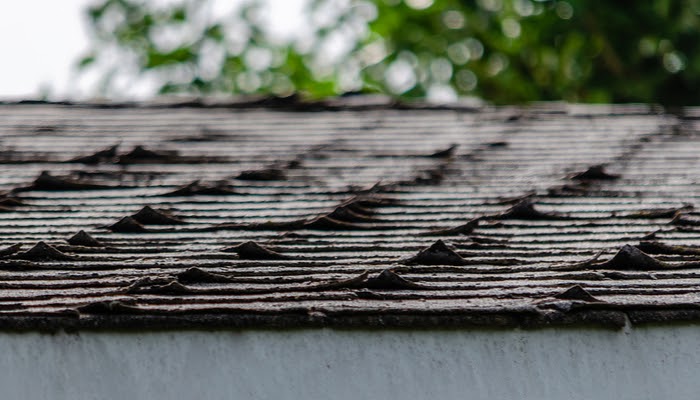
3. Missing Shingles or Exposed Fasteners
Obviously problematic, but here's what surprises people: if you're losing shingles regularly, the problem isn't just those specific shingles. It usually means the entire roof system is weakening. Replacing a few shingles might buy you time, but budget for full replacement within 2-3 years.
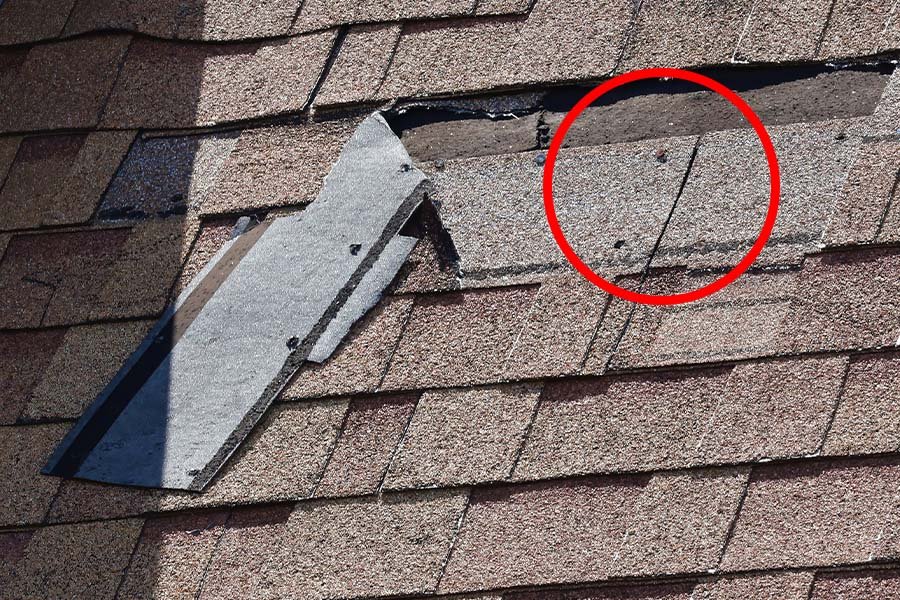
4. Flashing Failures Around Penetrations
Flashing around chimneys, vents, and skylights typically fails before the main roof surface. Look for rust, cracks, or gaps where the metal meets the shingles. Failed flashing causes most roof leaks, and it's often easier to replace the whole roof than to properly reflash an aging system.
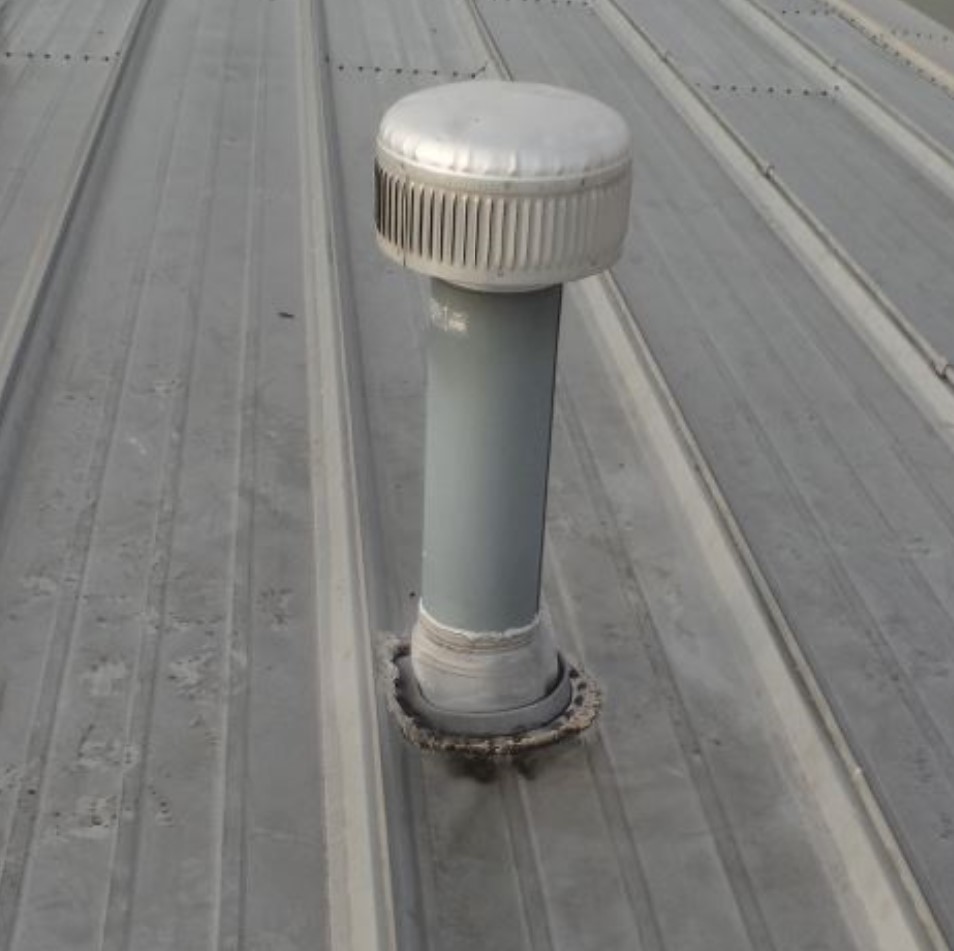
5. Sagging or Soft Spots
Walk around your house and look at the roofline. Any sagging or dips? That usually indicates structural problems with the decking underneath. Soft spots you can feel when walking on the roof (don't do this yourself) mean the plywood or OSB sheathing is failing.
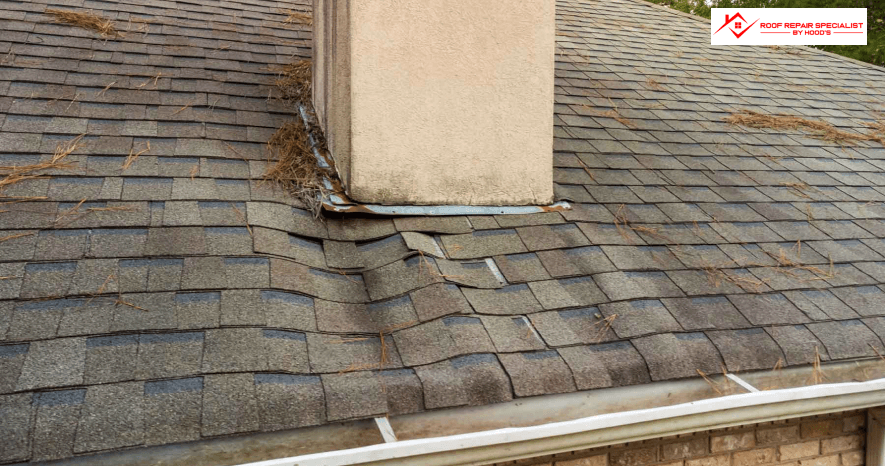
6. Interior Signs: Stains, Mold, or Temperature Issues
Water stains on ceilings or walls, especially around light fixtures or ceiling fans, often point to roof leaks. Mold growth in attics means moisture is getting in somewhere. If your energy bills have jumped recently, your roof might be losing insulation value due to moisture damage.
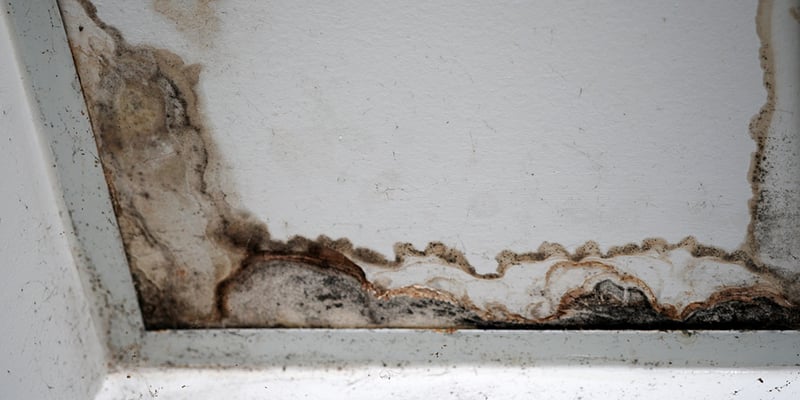
7. Age Plus Any Other Factor
If your roof is approaching 15-20 years old AND you notice any other warning signs, start planning replacement. The closer you get to that age threshold, the more likely multiple problems will develop quickly.
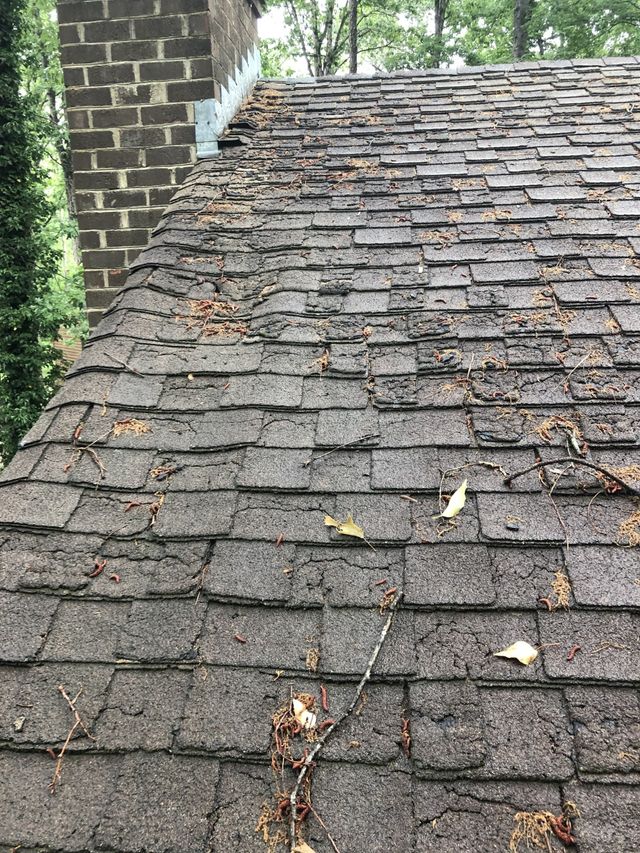
Seasonal Timing: When to Schedule Your Roof Replacement
Spring and Fall: Prime Installation Seasons
Most contractors prefer working in moderate temperatures (50-80°F) with low humidity. Spring and fall offer the best weather windows in most regions. You'll get better quality work and often more competitive pricing during these seasons.
Summer Challenges
Hot weather makes roofing work exhausting and can actually affect material performance. Asphalt shingles become soft and easily damaged when it's over 85°F. That said, summer might be your only option if you're dealing with urgent leak issues.
Winter Limitations
Cold weather installations are possible but challenging. Some materials won't seal properly below 45°F, and ice creates safety hazards. Emergency repairs? Absolutely. Planned replacements? Wait for warmer weather when possible.
Planning Around Weather Patterns
If you live in a hurricane zone, get your roof done before storm season (typically March-early May). In snow country, aim for late spring through early fall. Tornado alley? Early spring or late fall work best.
Cost Planning: What Roof Replacement Actually Costs
Budget Ranges by Material
- Asphalt shingles: $8,000-$16,000 for an average 2,000 sq ft home
- Architectural shingles: $12,000-$20,000
- Metal roofing: $15,000-$30,000
- Tile roofing: $20,000-$40,000
- Slate: $25,000-$60,000+
These ranges include materials, labor, permits, and disposal, but every project varies based on roof complexity, height, access, and local labor costs.
Hidden Costs That Surprise Homeowners
Deck replacement: Add $3-$8 per square foot if your plywood sheathing is damaged. It's impossible to know this for certain until we remove the old shingles.
Structural repairs: Rafter repairs, fascia board replacement, or chimney work can add $2,000-$10,000+ to your project.
Permit fees: Usually $100-$500, but some municipalities charge based on project value.
Code upgrades: If your area has updated building codes since your last roof, you might need additional ventilation, different flashing details, or upgraded fasteners.
Project Timeline: Realistic Expectations
Simple Roof Replacement: 2-5 Days
A straightforward asphalt shingle replacement on a ranch-style home typically takes 2-3 days with good weather. Add a day for complex layouts or bad weather delays.
Complex Projects: 1-2 Weeks
Multi-level homes, steep pitches, or roofs requiring structural work take longer. Metal and tile installations are generally slower than asphalt shingles.
Factors That Extend Timelines
Weather delays: Rain stops work completely. Wind over 25 mph makes it unsafe.
Material delivery issues: Supply chain disruptions have become common. Order materials 2-3 weeks before your planned start date.
Permit delays: Some areas have 2-3 week permit review periods.
Hidden damage: Plan for potential delays if we discover structural issues once we remove the old roofing.
Planning Your Roof Replacement: Action Steps
Get Multiple Estimates (But Not Too Many)
Three estimates give you a good range without overwhelming yourself. Focus on contractors who include detailed material specifications and labor descriptions. Avoid estimates that seem too good to be true (they usually are).
Schedule Inspections in Late Fall
November and December are ideal for roof inspections in most climates. You'll catch winter damage from the previous season and have time to plan for spring installation.
Consider Financing Options Early
Many contractors offer financing, but banks and credit unions often provide better rates for home improvement loans. Start this process 2-3 months before your planned installation.
Plan for Inconvenience
Roof replacement is noisy, dusty, and disruptive. Plan work schedules accordingly, and protect valuable items in your attic. The vibration from roof removal can knock things off shelves.
Choosing the Right Roofer Near You
Red Flags to Avoid
Door-to-door solicitation after storms: Legitimate contractors don't need to chase work this way.
Demands for full payment upfront: Never pay more than 10% down until work begins.
No local references: Any contractor working in your area should have recent local projects you can see.
Dramatically low bids: Quality roofing work costs what it costs. Extremely low bids usually mean corners will be cut.
What Good Contractors Provide
Detailed written estimates with material specifications, labor breakdown, and timeline estimates.
Current licensing and insurance appropriate for your area. Ask to see certificates.
Local references from projects completed in the last 2 years.
Clear communication about potential issues, timeline changes, and cost variables.
Making the Final Decision: Repair vs. Replace
When Repairs Make Sense
- Roof is under 15 years old
- Damage affects less than 25% of the roof
- No signs of structural problems
- Budget constraints require delaying full replacement
When Replacement is Non-Negotiable
- Multiple leak sources
- Extensive granule loss or shingle damage
- Any signs of deck damage or sagging
- Roof approaching 20+ years old with any visible wear
The Economics of Waiting
Delaying an obvious roof replacement rarely saves money. Water damage to insulation, ceilings, and structural elements often costs more than the roof itself. Plus, emergency roof work during storms costs 20-40% more than planned installations.
Energy Efficiency and Modern Roofing
Today's roofing materials offer significantly better energy efficiency than older systems. New underlayments provide better moisture barriers, and reflective shingles can reduce cooling costs by 10-15% in hot climates.
Many homeowners also add extra attic insulation during roof replacement, since accessing the attic space is easier with the roof removed. This combination often pays for itself through lower energy bills within 5-7 years.
Summary: Your Next Steps
Your roof replacement timeline depends on three main factors: material lifespan, visible wear patterns, and maintenance history. Don't wait for obvious leaks or storm damage to start planning.
If your roof is 15+ years old: Schedule a professional inspection this fall to assess current condition and plan replacement timing.
If you're seeing warning signs: Get estimates from three qualified local contractors and budget for replacement within the next 1-2 years.
If you're planning to sell: A new roof typically returns 60-70% of its cost in added home value, plus makes your property more attractive to buyers.
The key is planning ahead rather than reacting to emergencies. A well-timed roof replacement protects your property investment and gives you control over timing, materials, and contractor selection.
Ready to move forward? Start with that professional inspection to get an honest assessment of your current roof's condition and remaining lifespan.

.webp)
.webp)
.webp)
.webp)